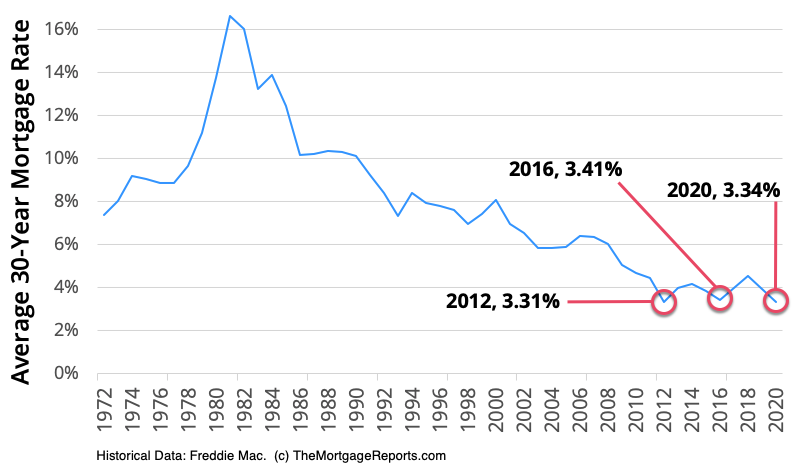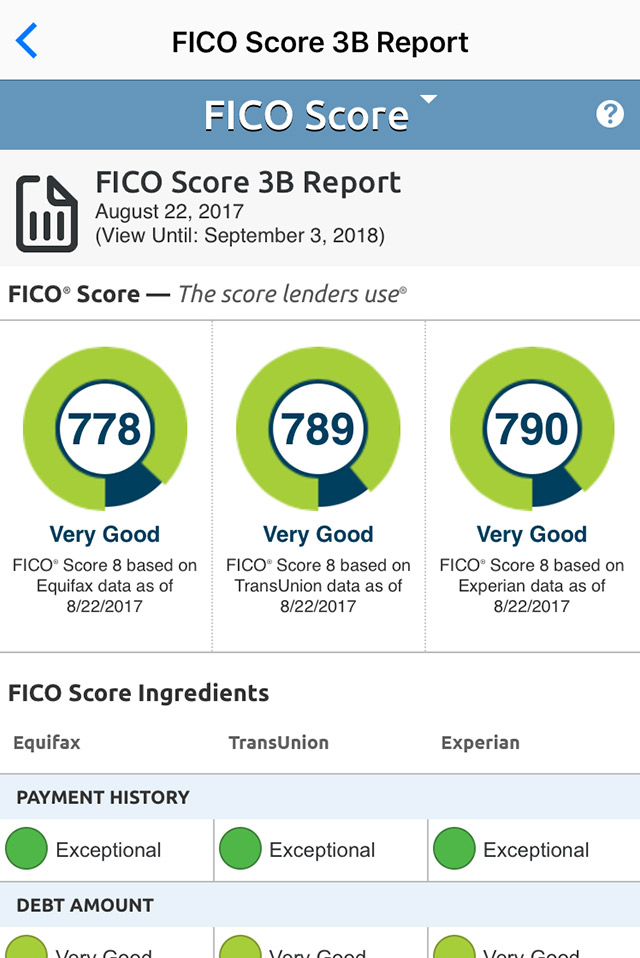Let's state that there is a home that I like, let's say that that is the home that I would like to buy. It has a cost of, let's say that I need to pay $500,000 to purchase that home, this is the seller of your house right here.
I wish to purchase it. I would like to buy the house. This is me right here. And I have actually been able to save up $125,000. I have actually had the ability to save up $125,000 however I would truly like to reside in that home so I go to a bank, I go to a bank, get a new color for the bank, so that is the bank right there.

Bank, can you provide me the rest of the quantity I need for that house, which https://www.businesswire.com/news/home/20190723005692/en/Wesley-Financial-Group-Sees-Increase-Timeshare-Cancellation is basically $375,000. I'm putting 25 percent down, this right, this right, this number right here, that is 25 percent of $500,000. So, I ask the bank, can I have a loan for the balance? Can I have a $375,000 loan? And the bank says, sure, you seem like, uh, uh, a good guy with an excellent job who has an excellent credit ranking.
We have to have that title of your house and as soon as you settle the loan we're going to offer you the title of your home. So what's going to take place here is we're going to have the loan is going to go to me, so it's $375,000, $375,000 loan.
The 9-Minute Rule for How Do Mortgages Work For First Time Buyers Bank Of America

However the title of your home, the document that states who in fact owns your house, who is wesley so this is the house title, this is the title of your home, house, home title. It will not go to me. It will go to the bank, the home title will go from the seller, perhaps even the seller's bank, maybe they haven't settled their home loan, it will go to the bank that I'm obtaining from.
So, this is the security right here. That is technically what a home loan is. This pledging of the title for, as the, as the security for the loan, that's what a home loan is. how do reverse mortgages work in florida. And in fact it originates from old French, mort, implies dead, dead, and the gage, suggests pledge, I'm, I'm a hundred percent sure I'm mispronouncing it, but it originates from dead promise.
When I settle the loan this pledge of the title to the bank will die, it'll return to me. Which's why it's called a dead pledge or a mortgage. And most likely due to the fact that it originates from old French is the reason that we do not state mort gage. We state, home mortgage.
They're actually describing the home mortgage, home mortgage, the mortgage loan. And what I want to do in the rest of this video is use a little screenshot from a spreadsheet I made to in fact show you the mathematics or actually show you what your home mortgage payment is going to. And you can download, you can download this spreadsheet at Khan Academy, khanacademy.org/downloads, downloads, slash mortgage calculator, home loan, or really, even better, just go to the download, just go to the downloads, downloads, uh, folder on your web browser, you'll see a bunch of files and it'll be the file called mortgage calculator, home mortgage calculator, calculator dot XLSX.
Little Known Questions About How Reverse Mortgages Work.
But simply go to this URL and after that you'll see all of the files there and after that you can simply download this file if you desire to have fun with it. But what it does here is in this sort of dark brown color, these are the presumptions that you could input which you can change these cells in your spreadsheet without breaking the whole spreadsheet.
I'm buying a $500,000 house. It's a 25 percent deposit, so that's the $125,000 that I had saved up, that I 'd spoken about right over there. And after that the, uh, loan amount, well, I have the $125,000, I'm going to need to obtain $375,000. It computes it for us and after that I'm going to get a quite plain vanilla loan.
So, thirty years, it's going to be a 30-year set rate home mortgage, fixed rate, fixed rate, which implies the rate of interest will not alter. We'll discuss that in a little bit. This 5.5 percent that I am paying on my, on the money that I obtained will not change over the course of the thirty years.
Now, this little tax rate that I have here, this is to really find out, what is the tax cost savings of the interest reduction on my loan? And we'll speak about that in a second, we can ignore it for now. And after that these other things that aren't in brown, you should not tinker these if you really do open up this spreadsheet yourself - how do mortgages work in monopoly.
An Unbiased View of How Reverse Mortgages Work
So, it's actually the yearly rate of interest, 5.5 percent, divided by 12 and the majority of home mortgage loans are compounded on a regular monthly basis. So, at the end of on a monthly basis they see how much money you owe and then they will charge you this much interest on that for the month.
It's in fact a pretty fascinating issue. But for a $500,000 loan, well, a $500,000 house, a $375,000 loan over 30 years at a 5.5 percent rate of interest. My home loan payment is going to be approximately $2,100. Now, right when I bought your home I wish to present a bit of vocabulary and we've discussed this in some of the other videos.
And we're presuming that it's worth $500,000. We are assuming that it's worth $500,000. That is an asset. It's an asset since it provides you future advantage, the future advantage of having the ability to reside in it. Now, there's a liability versus that asset, that's the home loan, that's the $375,000 liability, $375,000 loan or financial obligation.
If this was all of your assets and this is all of your debt and if you were basically to offer the assets and pay off the financial obligation. how do second mortgages work. If you sell the house you 'd get the title, you can get the cash and then you pay it back to the bank.
The Only Guide to How Do Land Mortgages Work
But if you were to unwind this transaction instantly after doing it then you would have, you would have a $500,000 home, you 'd settle your $375,000 in financial obligation and you would get in your pocket $125,000, which is exactly what your original down payment was however this is your equity.
However you could not presume it's constant and have fun with the spreadsheet a little bit. But I, what I would, I'm introducing this because as we pay for the debt this number is going to get smaller. So, this number is getting smaller sized, let's say at some point this is only $300,000, then my equity is going to get bigger.
Now, what I have actually done here is, well, really prior to I get to the chart, let me really reveal you how I compute the chart and I do this throughout 30 years and it goes by month. So, so you can think of that there's in fact 360 rows here on the real spreadsheet and you'll see that if you go and open it up.